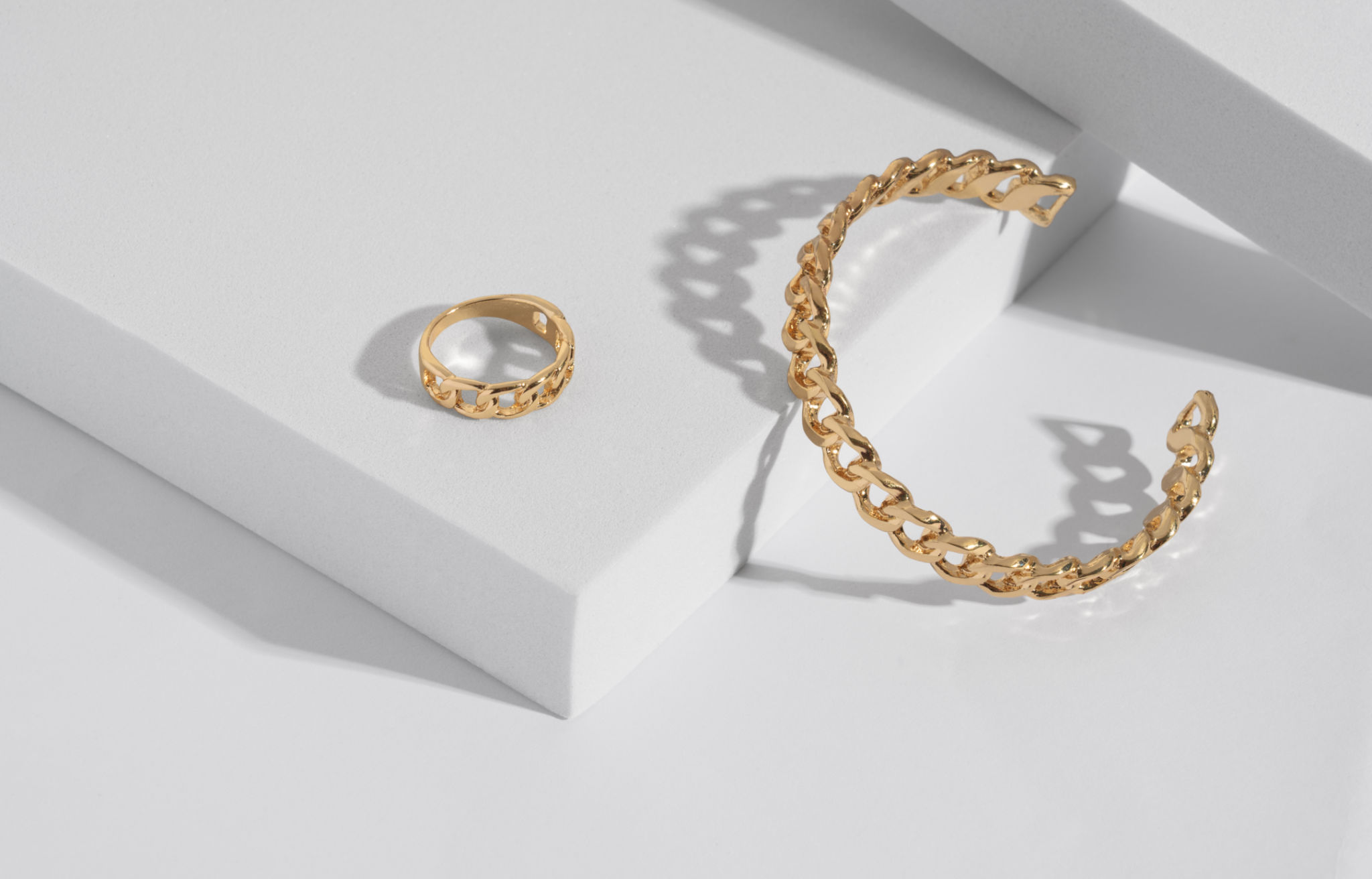Understanding the Demand for Gold Jewellery in the Middle East
The Cultural Significance of Gold in the Middle East
Gold has been an integral part of Middle Eastern culture for centuries. Its allure transcends mere aesthetics and taps into deep-rooted traditions and values. In many Middle Eastern societies, gold is not just a symbol of wealth but also a representation of social status and familial heritage. This cultural reverence for gold has sustained its demand, making it a staple in jewellery and financial investments.
Traditionally, gold jewellery is gifted during weddings, festivals, and other significant celebrations. These pieces often carry intricate designs that reflect the rich heritage and craftsmanship of the region. The cultural importance placed on gold ensures that it remains a popular choice among people of all ages, further strengthening its demand.

Economic Factors Driving Demand
The economic landscape of the Middle East significantly influences the demand for gold jewellery. With oil-rich economies, many countries in the region have witnessed substantial growth and prosperity. This economic boom has increased disposable incomes, allowing consumers to invest more in luxury items such as gold jewellery.
Moreover, gold is often perceived as a secure investment, especially in times of economic uncertainty. The geopolitical volatility in some parts of the Middle East prompts many individuals to seek refuge in tangible assets like gold. This dual role of gold as both a luxury item and a financial safeguard further fuels its demand in the market.

Modern Trends in Gold Jewellery
While traditional designs continue to be popular, there's a noticeable shift towards modern and contemporary styles among younger consumers. Designers are blending classic motifs with contemporary aesthetics to cater to a diverse clientele. This innovation is crucial for capturing the attention of the younger generation who seek unique and personalized pieces.
The rise of digital marketing and e-commerce platforms has also played a pivotal role in shaping demand. Consumers can now explore and purchase gold jewellery from the comfort of their homes, leading to an expansion in the market reach for jewellers across the region.

The Role of Tourism in Gold Jewellery Demand
The Middle East, particularly cities like Dubai, is renowned as a shopping haven for tourists. The influx of international visitors significantly boosts the demand for gold jewellery. Tourists often purchase gold items not only as souvenirs but also as investments, attracted by the tax-free shopping experience and competitive prices.
Many retailers capitalize on this by offering exclusive collections and showcasing the finest craftsmanship to entice tourists. The role of tourism thus cannot be overlooked when analyzing the factors driving gold jewellery demand in the region.

Sustainability and Ethical Considerations
As awareness about ethical sourcing and sustainability grows globally, these considerations are beginning to influence consumer behavior in the Middle East as well. Consumers are increasingly concerned about the origins of their gold jewellery and its impact on the environment and communities.
Jewellers are responding by adopting more transparent practices and sourcing materials responsibly. This ethical shift not only addresses consumer concerns but also opens up new market opportunities for those who prioritize sustainability.
In conclusion, understanding the demand for gold jewellery in the Middle East requires a multifaceted approach that considers cultural traditions, economic factors, modern trends, tourism influences, and ethical considerations. Each of these elements plays a vital role in shaping the market dynamics, ensuring that gold remains an ever-popular choice among consumers in the region.
